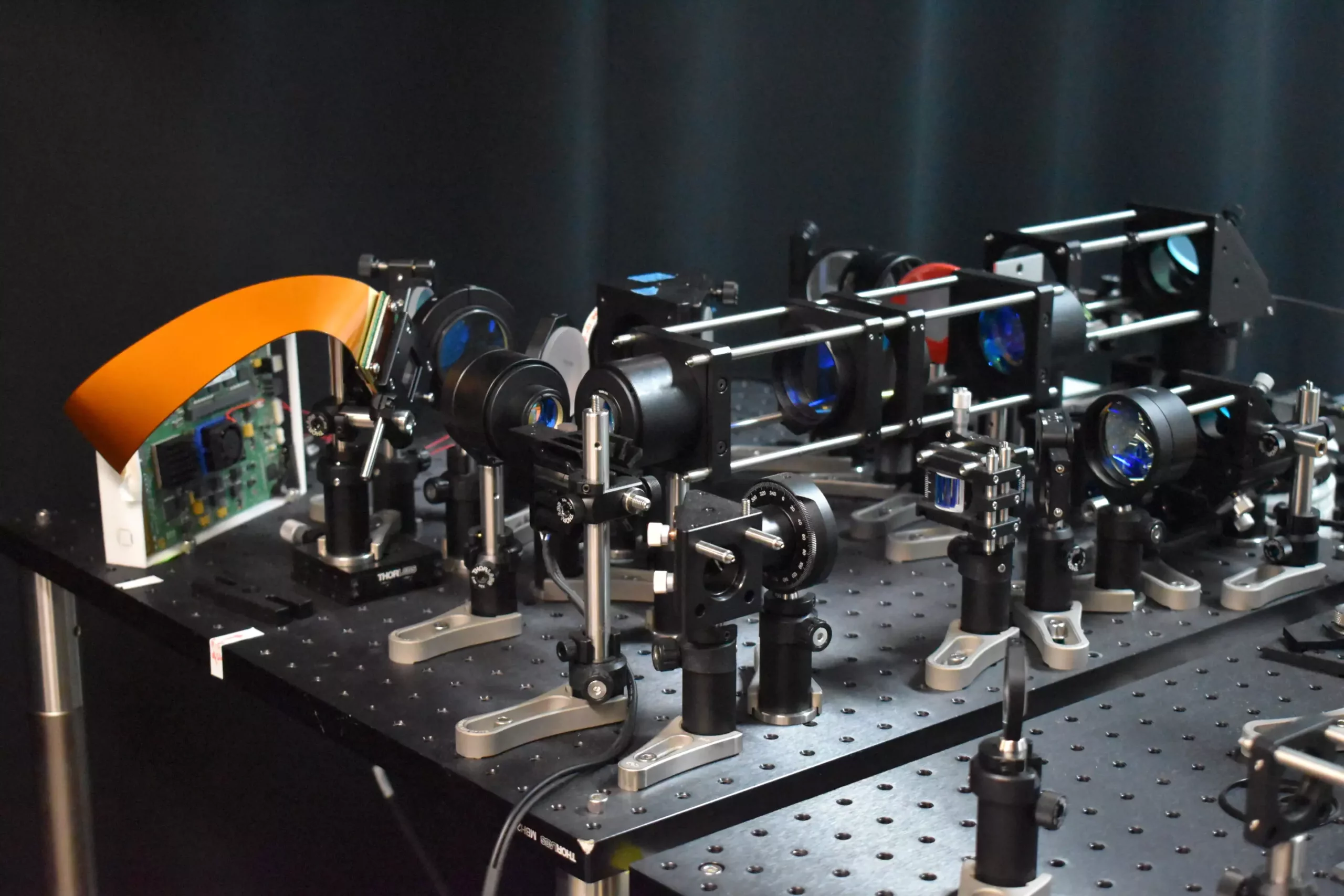Recent advancements in neuroscience research have led to the development of a groundbreaking two-photon fluorescence microscope that has the potential to revolutionize the field. This new technology allows for high-speed imaging of neural activity at cellular resolution, providing researchers with a clearer understanding of how neurons communicate in real time. By incorporating a new adaptive sampling scheme and replacing traditional point illumination with line illumination, this innovative approach offers a faster and less invasive method of observing neural networks in action.
The ability to study the dynamics of neural networks in real time is crucial for unraveling the mysteries of fundamental brain functions, such as learning, memory, and decision-making. With this new microscope, researchers now have the capability to observe neural activity during various processes, gaining valuable insights into the intricate communication and interaction among different neurons. This deeper understanding could lead to new discoveries in the field of neuroscience and shed light on the mechanisms underlying neurological diseases.
Traditional two-photon microscopy, while effective in providing detailed images, has limitations in terms of speed and potential harm to brain tissue. The new sampling strategy implemented in the two-photon fluorescence microscope overcomes these challenges by utilizing a short line of light to illuminate specific brain regions where neurons are active. This innovative method not only speeds up the imaging process significantly but also reduces the total light energy deposited in the brain tissue, minimizing the risk of damage. By targeting only the neurons of interest, the adaptive sampling scheme ensures precise imaging with reduced background interference.
Advancing Neural Imaging Techniques
The integration of a digital micromirror device (DMD) in the microscope enables dynamic shaping and steering of the light beam, allowing for precise targeting of active neurons. Through adaptive sampling, the researchers have successfully captured high-resolution images of neuronal activity in real time, paving the way for a deeper exploration of dynamic neural processes. The advanced computational algorithms coupled with the line-excitation technique make it possible to isolate the activity of individual neurons, enhancing the accuracy of neural data interpretation.
Moving forward, the researchers aim to expand the capabilities of the two-photon fluorescence microscope by integrating voltage imaging for rapid readouts of neural activity. This cutting-edge technology holds promise for a wide range of neuroscience applications, from studying neural activity during learning processes to investigating brain activity in disease states. Additionally, efforts are underway to enhance the user-friendliness and size of the microscope, making it more accessible for researchers in the field. The potential for further advancements, such as beam multiplexing and remote focusing, could further increase the imaging speed and versatility of this innovative tool.
The development of the two-photon fluorescence microscope represents a significant step forward in the field of neuroscience. By providing a non-invasive and high-speed method of observing neural activity, this technology has the potential to deepen our understanding of brain function and neurological diseases. With ongoing research and innovation, the future of neuroscience looks brighter than ever, opening up new possibilities for unraveling the complexities of the human brain.


Leave a Reply